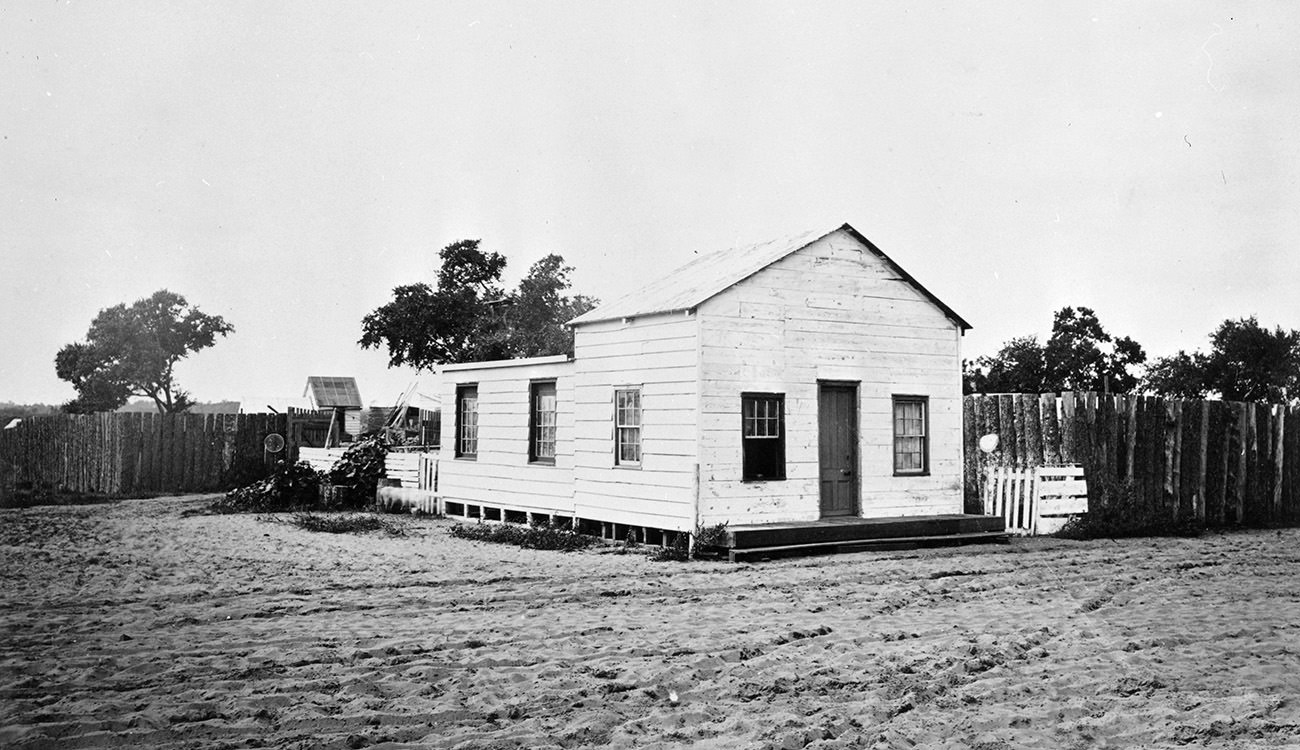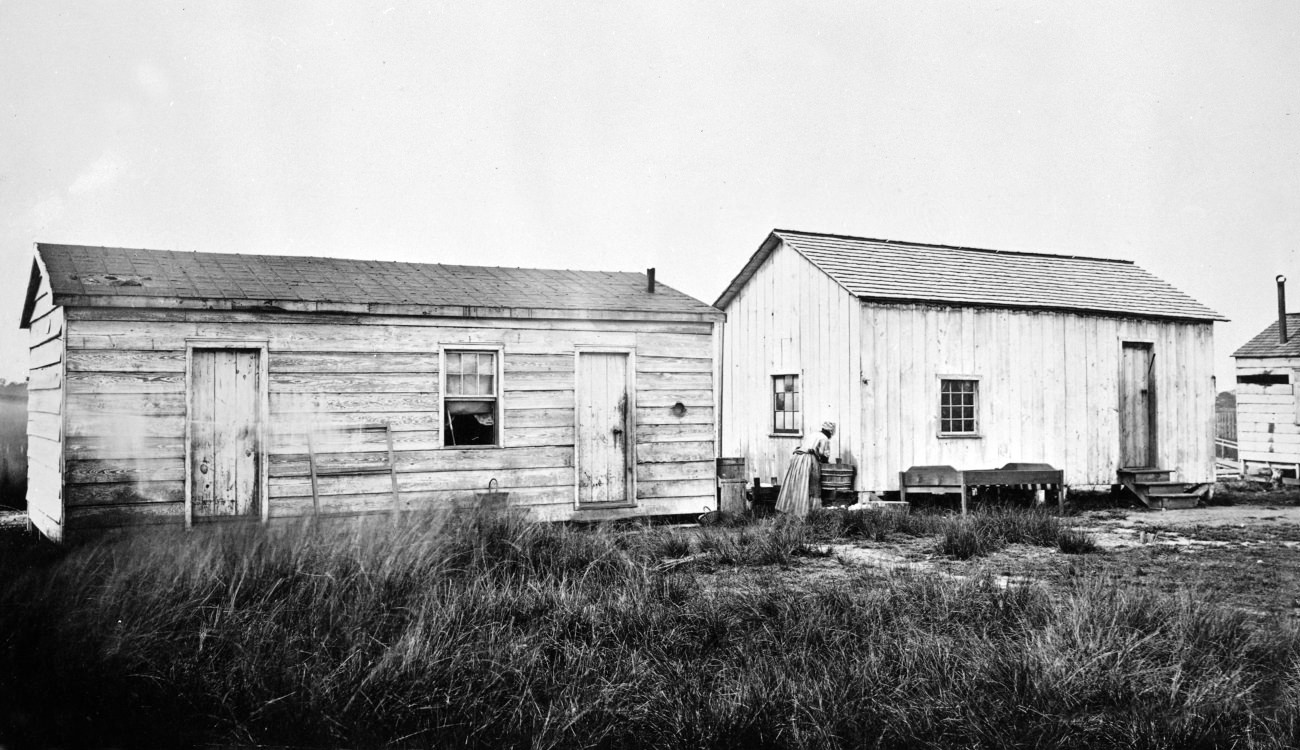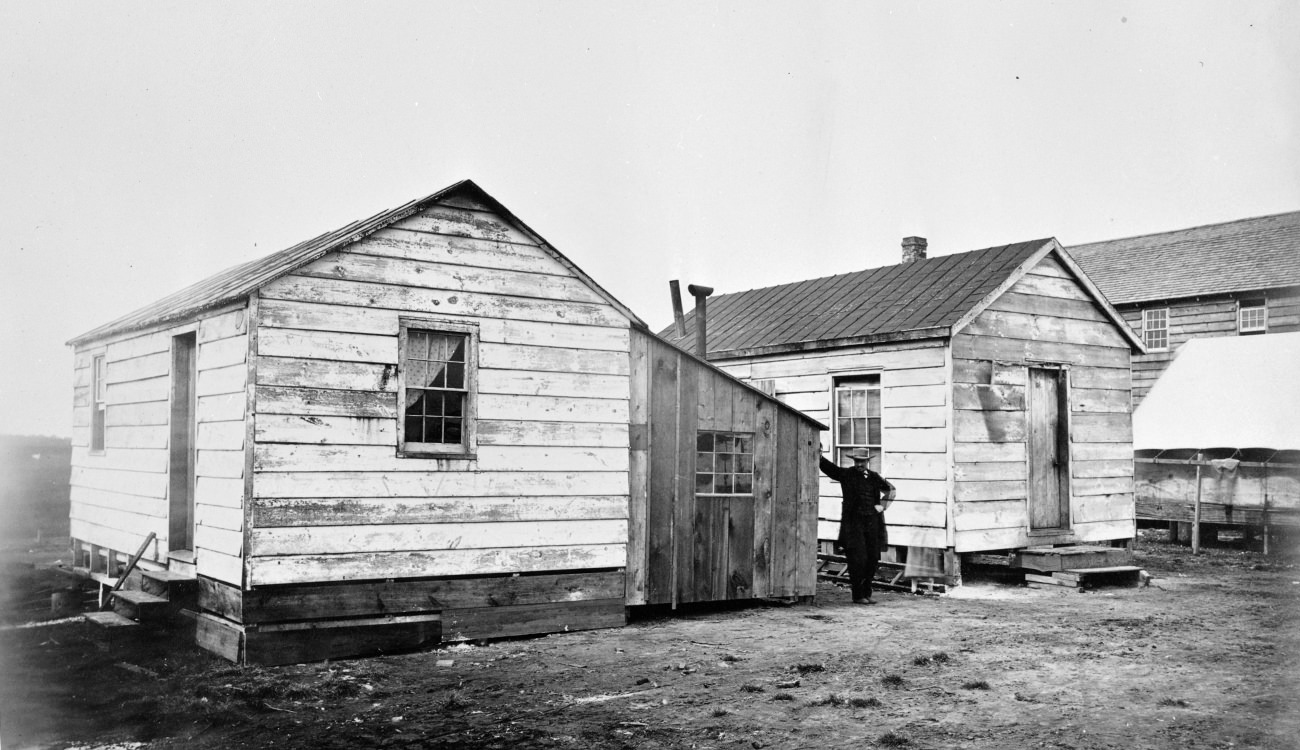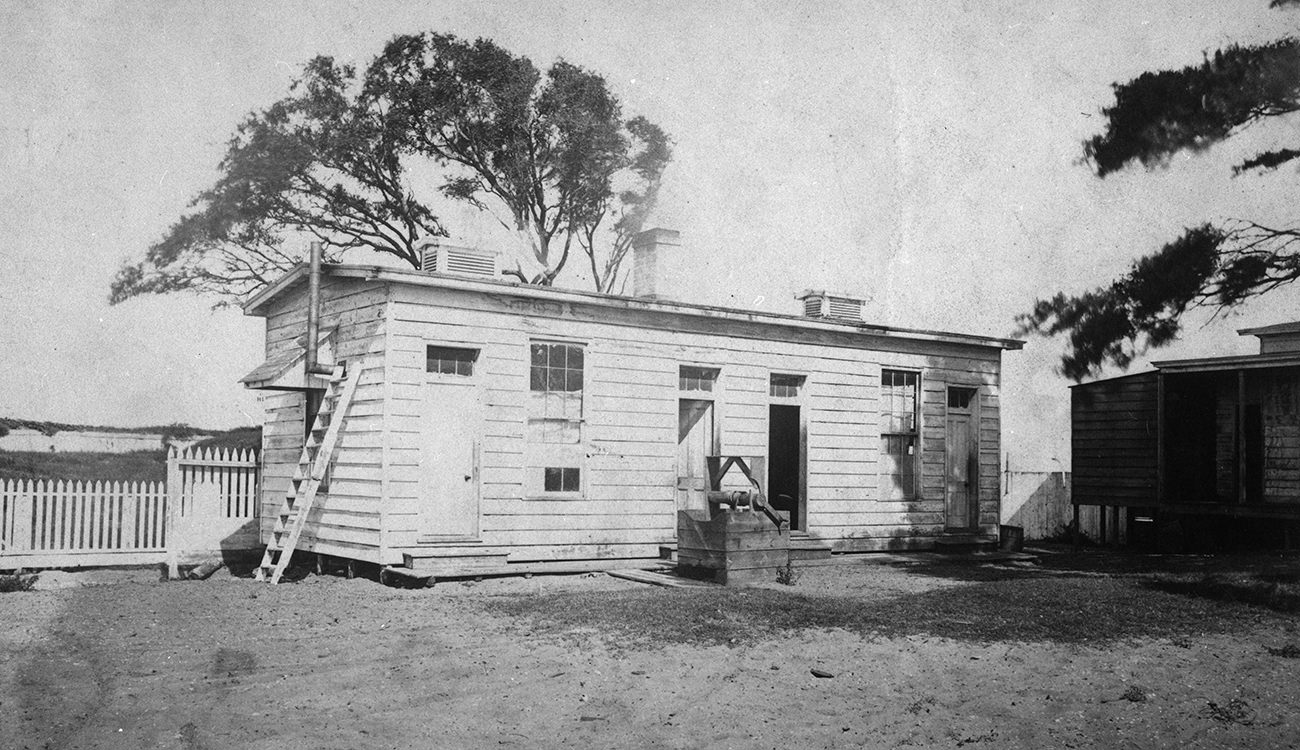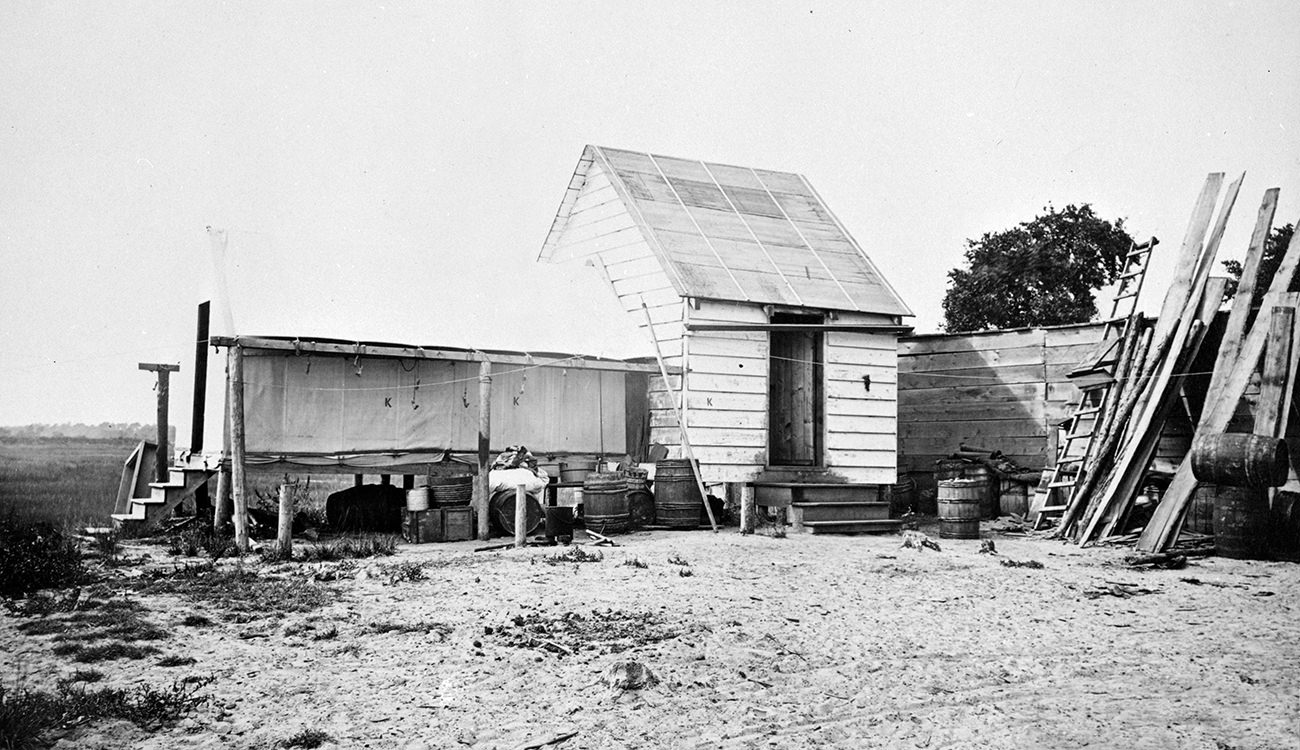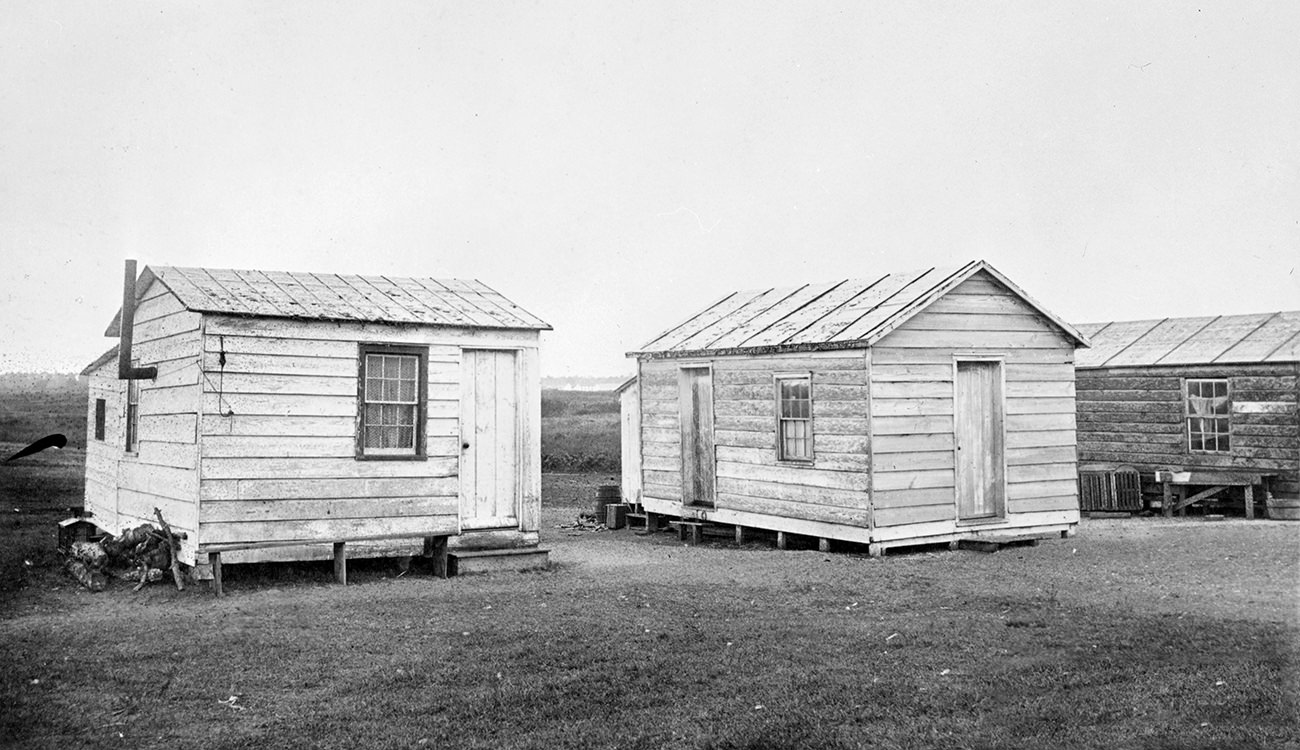Pictured Mitchelville
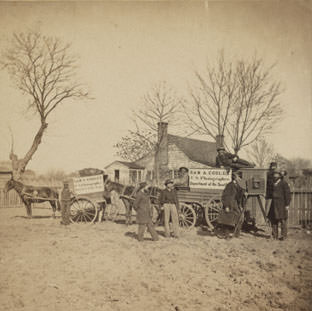
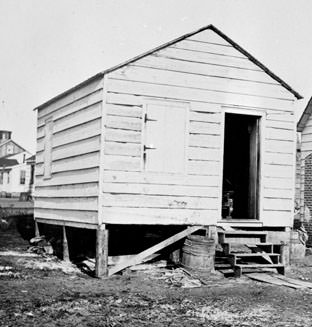
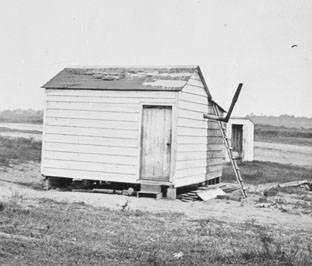

Civil War Photographers
The American Civil War was one of the first major conflicts to be photographed extensively. Photographers worked as private citizens and as employees of the Confederate or Union governments. Photographers traveled into harm's way, photographing camp life, preparations for battle, and the battle's aftermath.
Mathew Brady is probably the best-known of these photographers. He felt it was his duty to document the war and petitioned President Lincoln for permission. Lincoln agreed as long as Brady financed the project himself. Brady hired a team of photographers including Alexander Gardner and Timothy O'Sullivan and fitted them out with cameras and movable dark rooms loaded onto wagons. By the end of the war, Brady had spent nearly $100,000 of his own money. Brady's photographs were reintroduced to the American public in 1990 thanks to Ken Burns' ground breaking documentary about the Civil War.
Photographs of the war became popular nationwide and often were sold as stereo views, three dimensional photographs created with a twin lens camera. The photographs were viewed with handheld stereoscopes developed in Great Britain in the early 1800s and refined by Frenchman Jules Duboscq in 1851. Oliver Wendell Holmes introduced a small affordable version in 1861.
In 1864, Samuel A. Cooley, official photographer with the US Army, traveled to Hilton Head Island. He took a series of photographs of the Union encampment and Mitchelville. Today, thousands of photographs, including Cooley's images, can be viewed online through the Library of Congress or the National Archives and Records Administration.
Cooley's Mitchelville Photographs
Samuel Cooley took eight known photographs of Mitchelville in 1864. These photographs show the small, modestly constructed houses that are described in the photo legends as "refugee quarters." We are fortunate Cooley took the time to visit Mitchelville and take these photos. Perhaps his interest speaks to the importance and uniqueness of this experimental community. Archaeologists researching Mitchelville have the rare opportunity to combine archaeological data with historical descriptions, a map of the town, and actual photographs of buildings as they work to understand life in one of the nation's first Freedmen's communities.
Cooley's photographs show us that houses in Mitchelville were simple framed buildings probably 12 feet by 16 feet. Most houses were set on posts, one to two feet above the ground. Simple board steps led up to the doorways. Most homes seem to have had raised wooden floors. Cooley's photographs also show us the individuality of Mitchelville's residences. Some houses were clad in weatherboard siding while others had board and batten siding or flush-board siding. Some houses had glazed windows, board doors, and tar paper roofs, while others had unglazed shuttered windows and wood shingle roofs.
“Some are made of round poles chinked with oyster-shell lime; some of slats; and some of boards, picked up and bought, of every conceivable size, while others are "pieced out" with old canvas on the chimneys and roof."
Freedmen's Journal 1865
Most of the houses had only one room although in the photographs, several houses appear to have had small additions; one even had a canvas tent addition. We can see metal stove pipes on several houses suggesting there were cast irons stoves inside for heating and cooking. One house had a brick chimney. The photographs show an assortment of fences, canvas lean-tos, and other outdoor fixtures. One home seems to have had a privy.
Samuel Cooley's photographs also show us that houses in the main part of Mitchelville were arranged in neat rows of regularly spaced houses as historical accounts suggest and the 1865 map shows.
Links:
www.loc.gov
www.archives.gov
www.pbs.org/civilwar/cwimages/tellingDetails/flash.html

